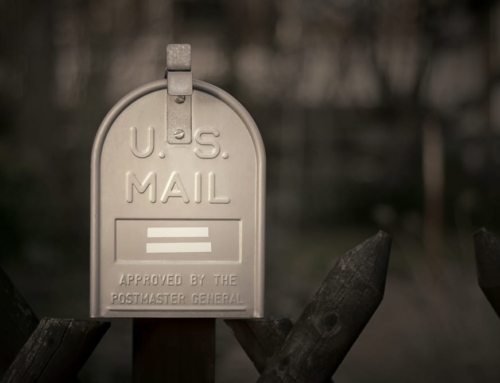When it comes to homeowner’s insurance, some pet owners are finding theirs goes to the dogs these days.
Some insurance carriers are refusing to insure homeowners who own certain breeds of dogs that have been deemed dangerous, such as the Pit bull dog, Rottweilers, and Chow Chows. Others may take the dogs on a case-by-case basis, or they may provide insurance but exclude coverage for bites or attacks. Some homeowners are even being dropped from their insurance companies completely for having these dogs.
According to the Insurance Information Institute and State Farm, in 2014, 16,550 dog bite-related claims cost U.S. insurance companies more than $530 million. With the cost of claims rising nearly 67 percent over the past 10 years, some insurance carriers are concerned that certain breeds are simply too risky to insure.
“Getting rejected is so common now that people are getting frustrated,” says Dori Einhorn, owner of Einhorn Insurance Agency, which offers dog liability coverage when a dog has been deemed dangerous or rejected from homeowner’s insurance due to its breed.
She notes that she gets hundreds of e-mails every day from people looking for some way to insure their home without giving up their beloved pets.
“I don’t want to discourage people from owning these wonderful dogs,” Einhorn says. “I have a pit bull myself, and if someone had told me, ‘It’s going to be really hard to have insurance,’ I don’t know if I would have adopted her.”
It’s far from impossible to get coverage, Einhorn says, but these dog owners should be prepared to jump through a few extra hoops. Coverage availability and the average cost of homeowner’s insurance coverage can both vary from state to state—and even city to city.
“Sometimes, you kind of have to know where to go,” Einhorn says.
Here are a few helpful hints for shopping for homeowner’s insurance when you may have a dog deemed a dangerous breed.
Start with friends, family, and fellow dog owners
Ask your dog-owning friends and family members what insurance companies they use. You can also reach out to fellow dog owners through dog rescue, advocacy, and meet-up groups, as well as breed clubs.
The American Kennel Club (AKC) recommends calling your state’s insurance commissioner, obtaining a list of all insurance companies doing business in the state, and working your way down the list until you find one that suits your needs.
Find out up front if an insurance company blacklists any breeds
Taking this step is largely a time-saving measure for you and the insurance company. If your dog breed is going to make it impossible to get homeowner’s insurance from a specific company, there’s no point in proceeding. Lying about what kind of dog you have constitutes as insurance fraud.
Not all insurance companies have blacklisted breeds. Some insurance companies aren’t concerned with a breed and instead focus on whether the particular dog has a history of biting or was trained as a security dog, says Heather Paul, a spokeswoman for State Farm, which does not have a breed blacklist.
Consider obedience training or the Canine Good Citizen (CGC) program
Even if your dog is friendly and well trained, it might be worthwhile to sign up with an obedience school that can certify its training. You can also enroll your dog in the AKC’s 10-step CGC Program, which focuses on basic dog manners and also stresses responsible pet ownership. These types of courses can also help you, as the owner, recognize scenarios that might trigger unwanted behavior.
“We can’t blame dogs for communicating and acting like dogs,” Paul says. “We as human owners have to be responsible and recognize when a dog is afraid or uncomfortable. We have to change our interactions with dogs to prevent dog bite incidents.”
Just make sure you ask the insurance company in which you’re interested if this would make a difference, Einhorn says. Sometimes training does help you get coverage for your dog, but sometimes it doesn’t.
Consider dog liability insurance
Some companies, like Einhorn’s, also sell specific dog liability policies that can cover your dog if it’s a dangerous breed or if it has already been deemed dangerous due to an incident. The cost of these policies ranges widely, so you may have to pay an extra fee beyond your homeowner’s insurance. Still, these policies can offer you options for insurance, especially if your dog already has a bite history.
Your four-legged friend may be a part of your family, but to your insurance company Fido could be a risk. If you haven’t yet gotten a dog, be sure to ask your insurer beforehand if there are breeds it might not cover. And if you’re shopping for insurance with a pet, remember that it might take a little more digging to find the right insurance policy
Michelle Stoffel Huffman is a researcher and staff writer for Think Glink Media. Michelle previously worked for the Chicago Tribune as a daily news reporter and community manager, covering local government, business, tax issues, and crime.
[amazon_link asins=’B00P0YQYYW,B01M8JT6FT,B00YORXQWE,B015NV47GI’ template=’ProductCarousel’ store=’thinkglink-20′ marketplace=’US’ link_id=’75df6274-db9a-11e7-8265-85162ef700da’]






